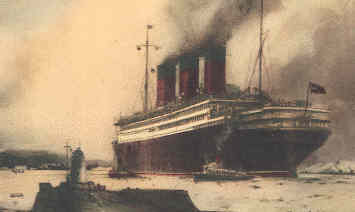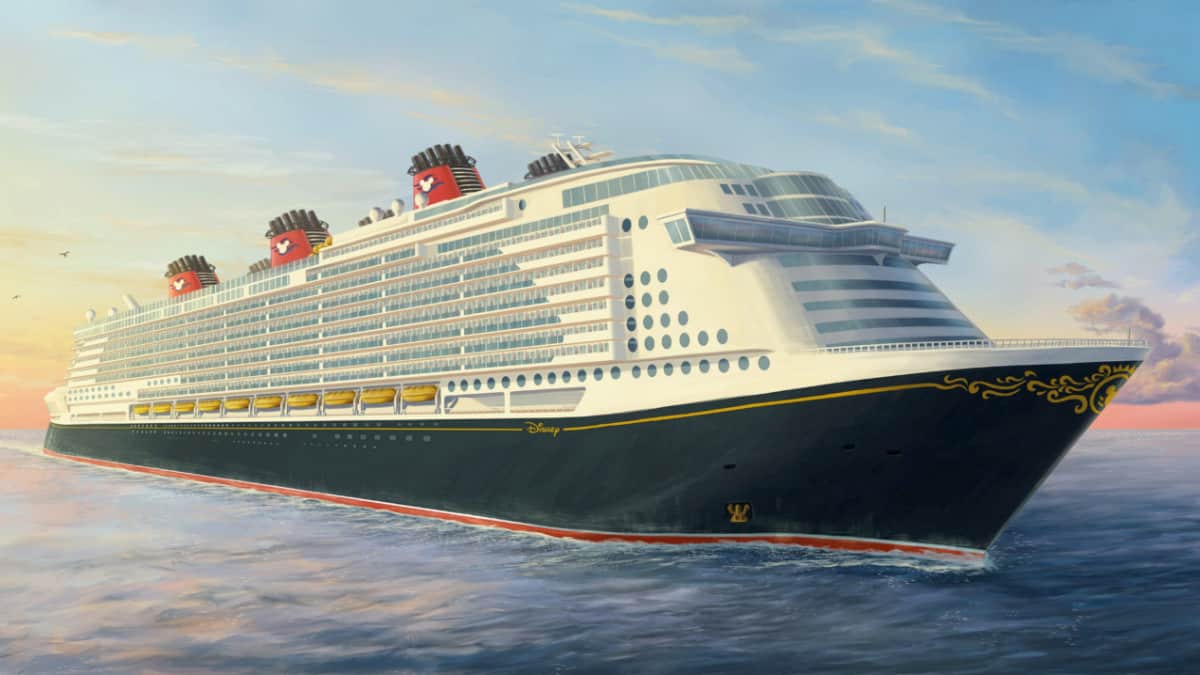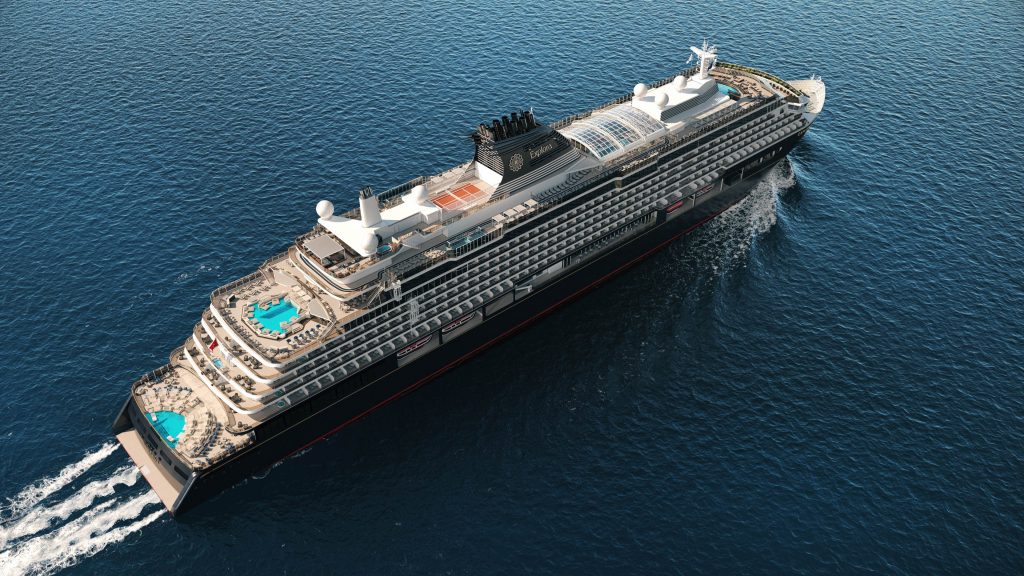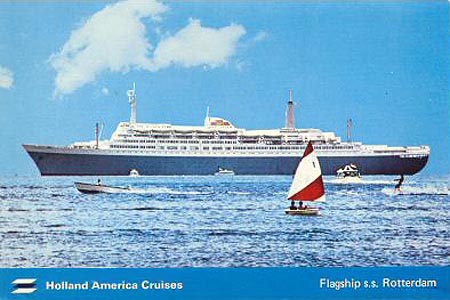All text and photographs (unless otherwise stated) © Paul Timmerman
After the devastations of WWI several shipping companies switched vessels from liner service to cruising. Virtually all ships used for cruising in this period were existing liners which were modified and were more or less adapted to cruising.
In the interwar-period, newbuildings were all liners built for important services like the Transatlantic route: Normandie, Queen Mary. Rex, Conte di Savoia, Nieuw Amsterdam, Bremen and Europa, to name some examples, every ship showing the best each nation had to offer in shipbuilding, interior-architecture, art etc.

Some very important developments mark this period:
– America’s Prohibition, a law that prohibited consuming alcohol in the Unites States, made cruises to nowhere or the so called booze cruise very popular. It offered Americans an opportunity to drink legally outside US territorial waters. Prohibition started in 1920 and ended in 1933. Ships like Cunard´s Mauretania and Berengeria offered these trips between their Atlantic crossings.
– In 1921, a new law introduces so-called Emergency Quota concerning maximum numbers of immigrants allowed to enter the USA. Liner companies start upgrading third class cabins to more luxurious tourist class staterooms, hoping to attract a new breed of traveller, the upper middle class who has started to travel around the world. New ships are planned with a dual role in mind, liner service in the summer and cruising during the winter period.

– In 1922, Laconia, owned by British Cunard Line and chartered by American Express, made the first ever real world cruise by a large cruise ship. She departed from New York, transited the Panama Canal, then visited Japan and other countries in the Far East, and continued via de Suez Canal, through the Mediterranean and back to New York. The number of passengers onboard, normally around 2000 was limited to just 350 for very wealthy passengers being able to afford this expensive voyage. The following years, Cunard offered more world cruises with a duration of six months, almost twice as long as a world cruise offered today.
– Bremen, taken into service in by North German Lloyd in 1929 and later followed by sister ship Europa, introduced the standard cabin in passenger shipping. At the time, liners offered passengers a variety of cabin types. The Bremen and Europa offered standardised accomodation in both first and tourist class. They were fitted out in a functional modern way, yet passengers travelled in hotel-like subdued elegant surroundings. It took other lines until after WWII before they followed this example.

– The thirties saw the introduction of cruises organized by the German Labour Ministry for German workers (a kind of incentive cruises). The NAZI-fleet consisted of several ships, the Wilhelm Gustloff and Robert Ley being the most famous. They were called the Kraft durch Freude (Strength through Joy) ships. These ships introduced a new feature in cruising: large numbers of cabins with exactly the same lay-out, a phenomenon found today on every cruise ship afloat. First seen on board Bremen and Europa, but now in a more extreme manner, as apart from a few more de luxe staterooms, the remaining cabins only had two different lay outs. A four berth cabin kind of embraced the smaller two berth cabin, so to speak, assuring all cabins would be outside cabins. Wilhelm Gustloff and Robert Ley were forerunners of the All Outside Cabin lay out, re-introduced by Royal Princess in 1984!

– The Norwegian Stella Polaris was introduced in 1927, the world’s first purpose built luxury cruise ship (see ship description). This vessel resembled a large yacht, and 200 passengers were looked after by a crew of 130! The impeccable service and her long cruises to remote places, only to be enjoyed by the happy few with enough time and money to spare, set her apart from other cruise ships and made her probably the most famous cruise ship of all times…… Most other cruiseships sailing at the time are converted lines refitted for cruising, a trend seen until the 1960’s.
– Other cruise lines followed with full time cruise ships. The Blue Star Line operated the converted Arandora Star for ten years, Lamport & Holt had their Vandyck and Voltaire in cruise service, Royal Mail ran Arcadian and Atlantis wile the Germans offered luxury cruises on their full time cruise vessels Reliance and Resolute. Belgian Red Star Line sends its flagship Belgenland on a 1333-day world cruise an then on a series of six days cruises which feature real entertainment, the concept of real shows for the first time. As most cruise passengers are Americans, many cruises sail from New York to Canada, Bermuda, Bahama’s and Cuba. Even famous liners like Cunard’s Mauretania and Cie Transatlantiques Normandie sail in cruise service, those of the Normandie would be amongst the most famous in cruising history.

– Something entirely new was introduced in 1932 by the British India Steam Nav. Cy. They offered two cruises to Norway for students and their teachers during the summer holidays on their Neuralia. On each cruise well over a thousand pupils were carried. It was an instant success and it was repeated until their last ship, the Uganda was retired in the 1980s.
So cruising started to take off slowly.




